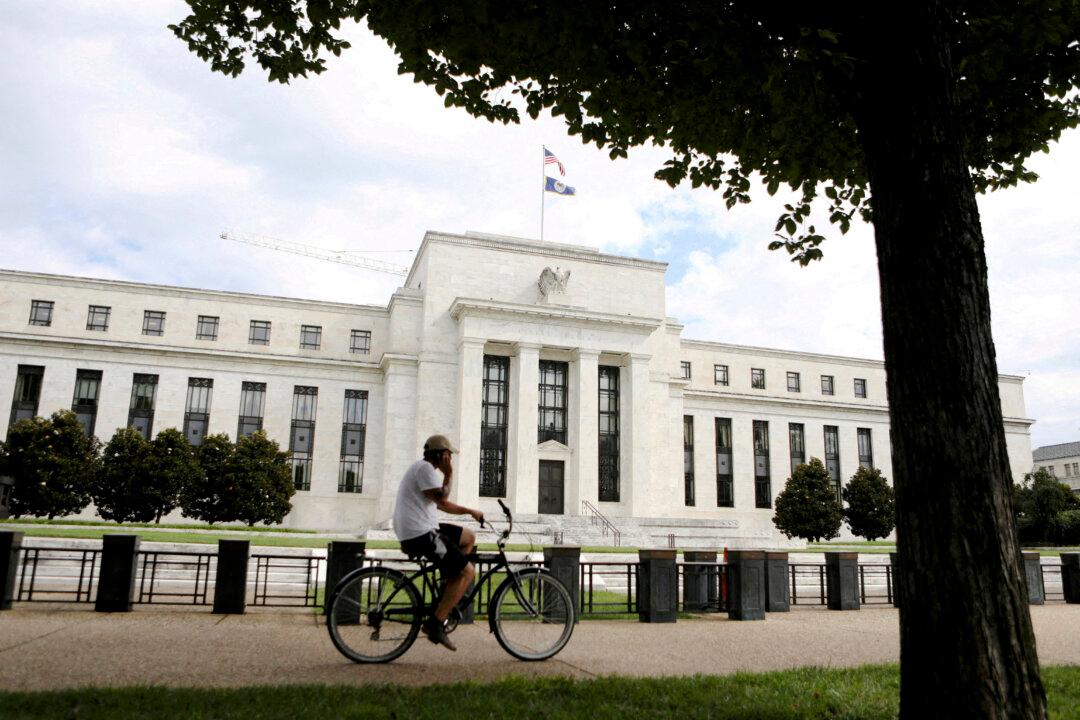Economists believe the Federal Reserve’s 2 percent inflation target is “worth keeping” and that shifting the goalposts would send the wrong signal to consumers.
Since 2012, the U.S. central bank has officially maintained a 2 percent inflation target, though monetary policymakers had settled on this figure behind the scenes in the 1990s.





